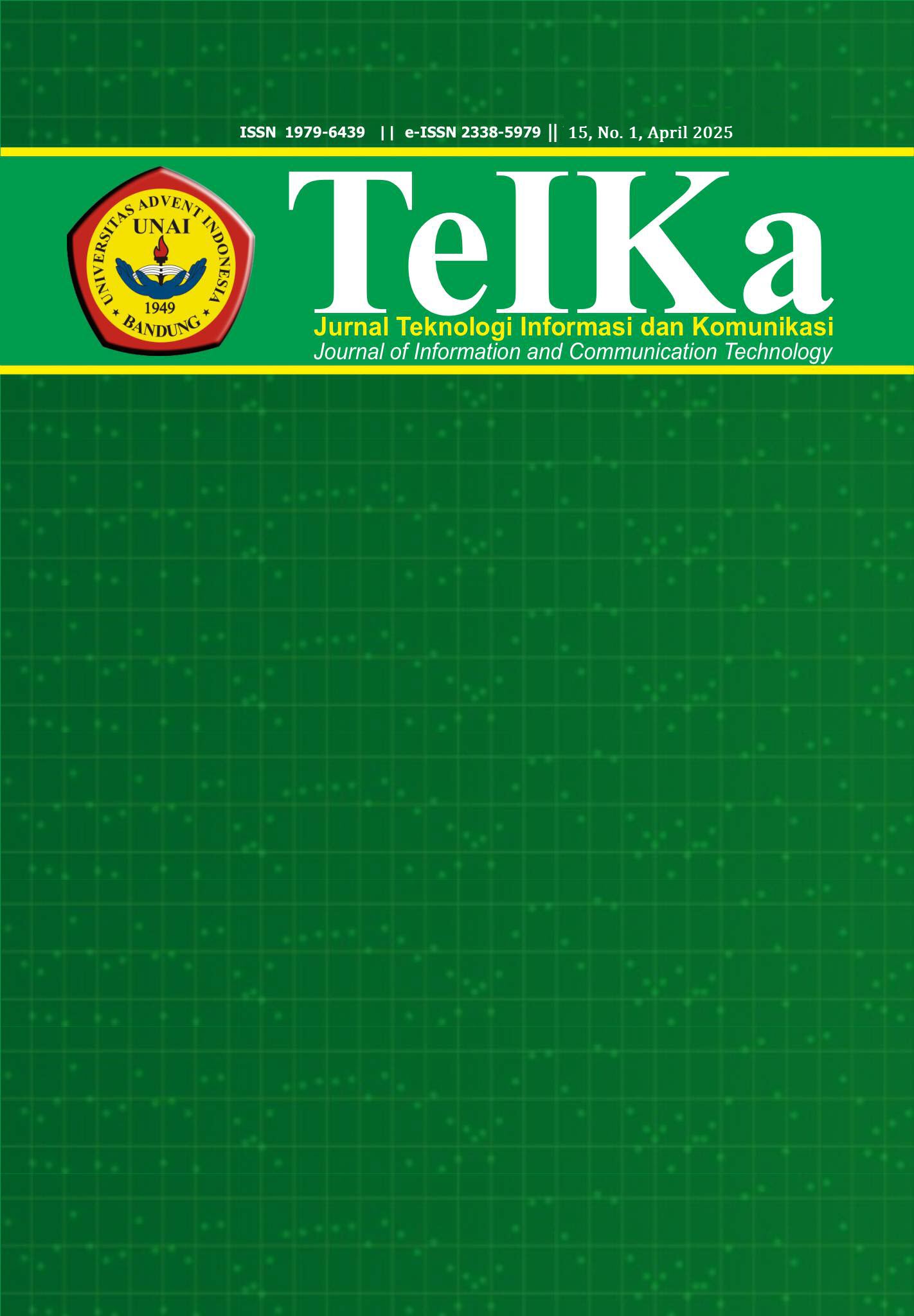Visual Novel as an Media for Introducing Local Folklore: Ki Kures and Naga Antaboga Using the Multimedia Development Life Cycle Method
Keywords:
Visual Novel, Interactive Media, MDLC, Local Folklore, Multimedia TechnologyAbstract
Local folklore is an essential part of Indonesia's cultural heritage that must be preserved, especially in today’s digital era where young people tend to lose interest in traditional stories. This study aims to develop an interactive media in the form of a visual novel as a tool for introducing local stories through a more engaging and technologically relevant approach. The method used is the Multimedia Development Life Cycle (MDLC), consisting of six stages: concept, design, material collecting, assembly, testing, and distribution. The visual novel is developed using technology that integrates 2D graphics, voice narration, and animations, and offers branching storylines to enhance user interaction. User testing using the User Acceptance Test (UAT) method resulted in an average user satisfaction score of 4.4 out of 5. Additionally, pre-test and post-test results showed a 79.3% increase in users' understanding of the story content. Therefore, this visual novel is not only an effective educational media alternative to reintroduce traditional stories to younger generations, but also successfully introduces the story of Ki Kures and Naga Antaboga in an engaging and modern format.
Downloads
References
“ANALISIS PERAN TRADISI LISAN DALAM MELESTARIKAN WARISAN BUDAYA INDONESIA ”, JIIC, vol.
,
no. 4, pp. 681–685, Jun. 2024, Accessed: Jun. 13, 2025. [Online]. Available:
https://jicnusantara.com/index.php/jiic/article/view/496
MELALUI
Nugraha, R., Dounald R, J., & Haya, M. I. (2023). KOMIK DIGITAL ADAPTASI CERITA RAKYAT TIMUN
MAS
INTERPRETASI
KARAKTER
https://doi.org/10.51977/wacadesain.v4i2.1345
VISUAL.
Wacadesain,
(2),
-77.
S. Sari dan G. Prasetyo, “Pemanfaatan Media Digital dalam Pembelajaran Sejarah untuk Meningkatkan
Minat Belajar Sejarah SMA Negeri 11 Medan,” EL, vol. 4, no. 1, hlm. 7–10, Mar 2024, doi:
57251/el.v4i1.1240.
A. K. Nurindiyani, A. F. Dianta, H. Sa’dyah, dan I. A. Riyadi, “Implementasi Agile Scrum Pembuatan
Game Visual Novel Cerita Asal Usul Kota Surabaya,” jtim, vol. 4, no. 4, hlm. 330–341, Feb 2023, doi:
35746/jtim.v4i4.277.
Diny Anggraini dan Marilyn Fu, "Perancangan Game Visual Novel Untuk Anak SD Sebagai Media
Pembelajaran Bahasa Inggris" JIST, vol.02, no.03, hlm 1-9, Nov 2021, ISSN: 2775-0272 , doi:
https://doi.org/10.37253/joint.v2i3.6268
P. P. Lakzmi, R. P. Prasetya, dan F. S. Wahyuni, “Rancang Bangun Game Edukasi Berbasis Android 2D
‘Nawa Sanga’ dengan Penerapan Multimedia Development Life Cycle (MDLC),” jimik, vol. 6, no. 1, hlm.
–818, Jan 2025, doi: 10.35870/jimik.v6i1.1304.
D. Maulana, A. Firmansyah, dan S. Mawarni, “Implementasi Metode Multimedia Development Life Cycle
pada Game Visual Novel ‘Sebelum Kamu Membenciku,’” JTIK, vol. 8, no. 2, hlm. 337–351, Sep 2022,
doi: 10.37012/jtik.v8i2.1283.
Mudiyanto Setiawan, Arie S.M Lumenta, dan Virginia Tulenan, "Aplikasi Pembelajaran Interaktif
Berbasis Multimedia Untuk Sekolah Dasar" E-Journal Teknik Elektro dan Komputer, vol.5 no.4, Okt-Des
, ISSN: 2301-8402, doi: https://doi.org/10.35793/jtek.v6i4.23233
D. Manesah, M. A. M. Alfathoni, S. Lestari, dan D. Derajat, “Pelatihan Pengembangan Dan Keterampilan
Dalam Penulisan Naskah Film Pada SMA Al Munadi Medan,” J. Masy. Madani Indones., vol. 3, no. 1,
hlm. 1–8, Jan 2024, doi: 10.59025/js.v3i1.167.
Y. Sumaryana dan M. Hikmatyar, “APLIKASI PEMBELAJARAN SISWA SEKOLAH DASAR MENGGUNAKAN
METODE MULTIMEDIA DEVELOPMENT LIFE CYCLE (MDLC),” TeIKa, vol. 10, no. 2, hlm. 117–124, Okt
, doi: 10.36342/teika.v10i2.2381.
Downloads
Published
How to Cite
Issue
Section
License
Copyright (c) 2025 TeIKa

This work is licensed under a Creative Commons Attribution-ShareAlike 4.0 International License.
The submitting author warrants that the submission is original and that she/he is the author of the submission together with the named co-authors; to the extend the submission incorporates text passages, figures, data or other material from the work of others, the submitting author has obtained any necessary permission.
Articles in this journal are published under the Creative Commons Share Alike Attribution Licence (CC-BY-SA What does this mean?). This is to get more legal certainty about what readers can do with published articles, and thus a wider dissemination and archiving, which in turn makes publishing with this journal more valuable for you, the authors.
By submitting an article the author grants to this journal the non-exclusive right to publish it. The author retains the copyright and the publishing rights for his article without any restrictions.










